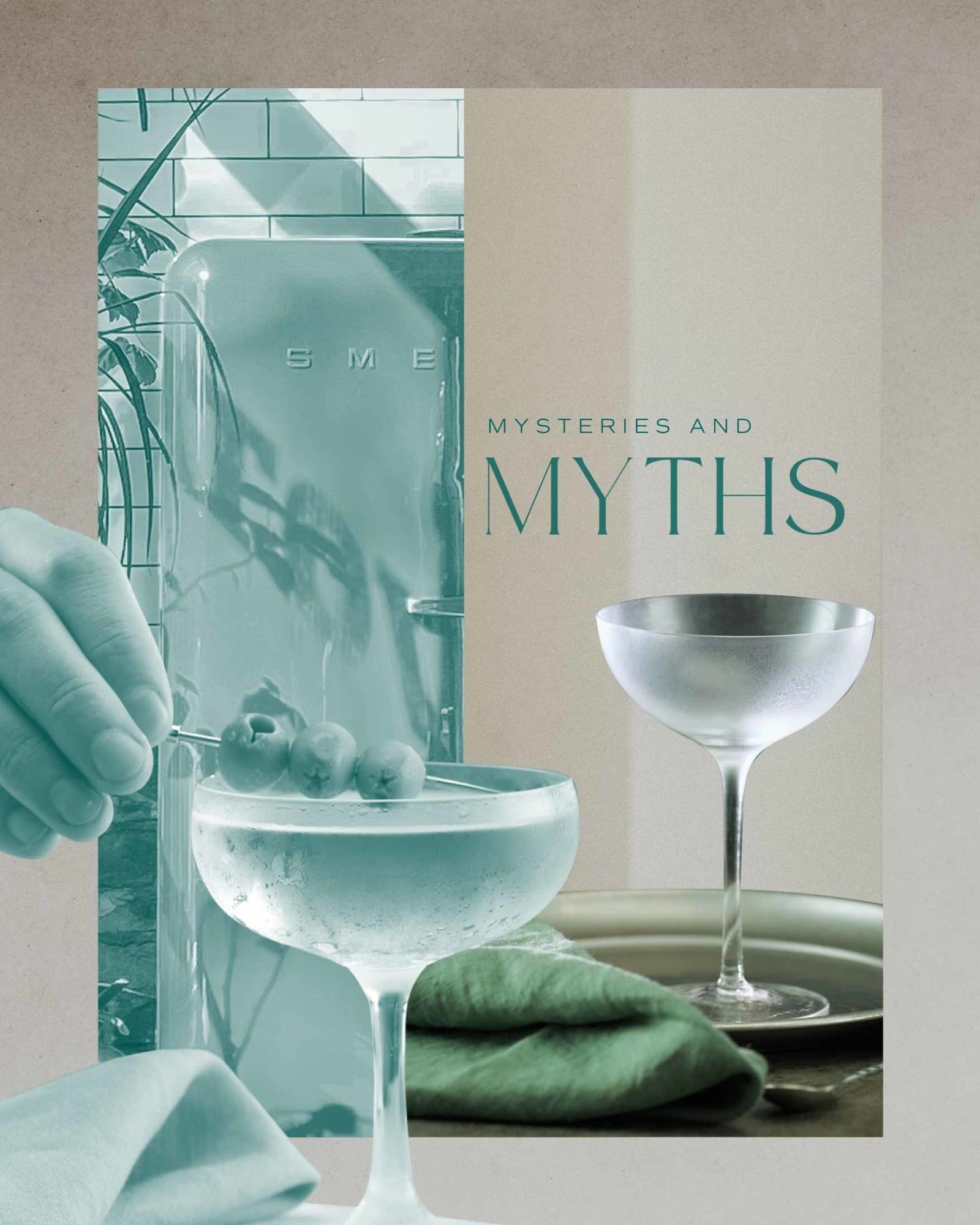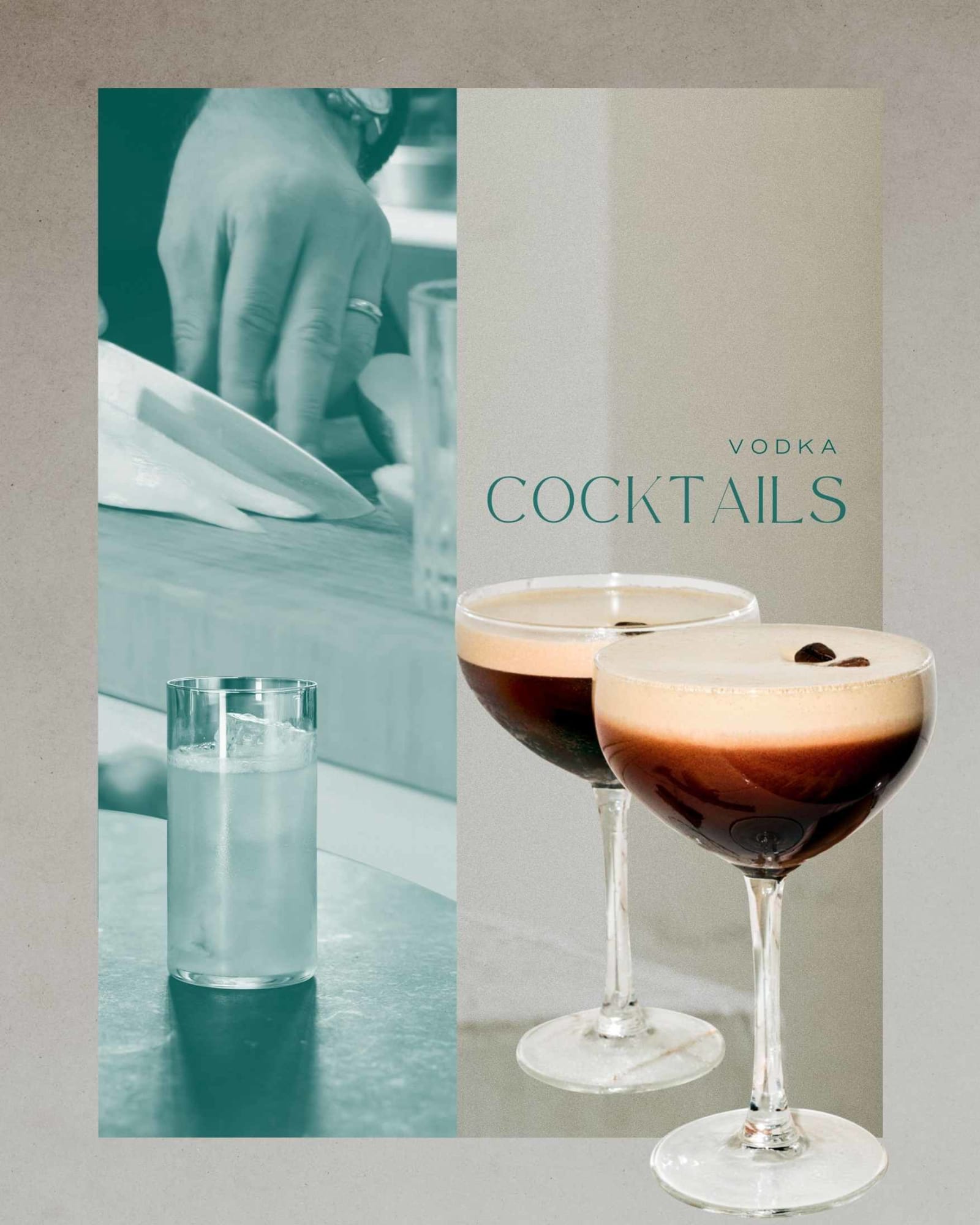-
 An elegant floral aroma accented by a subtle citrus note. After an initial soft sweetness, the smooth rounded texture fills the mouth, finishes with a hint of almond. Read more
An elegant floral aroma accented by a subtle citrus note. After an initial soft sweetness, the smooth rounded texture fills the mouth, finishes with a hint of almond. Read moreNV 40% ABV 70cl
-

-

-

 Rich, full-bodied & complex, yet smooth & mellow with a distinct character of grain, followed by a hint of dried fruit. Read more
Rich, full-bodied & complex, yet smooth & mellow with a distinct character of grain, followed by a hint of dried fruit. Read moreNV 40% ABV 70cl
-
 An elegant floral aroma accented by a subtle citrus note. After an initial soft sweetness, the smooth rounded texture fills the mouth, finishes with a hint of almond. Read more
An elegant floral aroma accented by a subtle citrus note. After an initial soft sweetness, the smooth rounded texture fills the mouth, finishes with a hint of almond. Read moreNV 40% ABV 150cl
-
 The classic wheat & rye grain vodka, originally Russian but made in Latvia since 1948. Read more
The classic wheat & rye grain vodka, originally Russian but made in Latvia since 1948. Read moreNV 40% ABV 70cl
-

-
 The brainchild of vodka enthusiast and industry veteran, Pleurat Shabani, Konik's Tail is distilled using spelt, Golden Rye and early winter wheat grown by farmers close to Poland's Bialowieza Forest. This triple grain vodka takes its name from the... Read more
The brainchild of vodka enthusiast and industry veteran, Pleurat Shabani, Konik's Tail is distilled using spelt, Golden Rye and early winter wheat grown by farmers close to Poland's Bialowieza Forest. This triple grain vodka takes its name from the... Read moreNV 40% ABV 70cl
-

-

-

 The first designer vodka, made in Finland with local barley, unique distillation & glacial water. Read more
The first designer vodka, made in Finland with local barley, unique distillation & glacial water. Read moreNV 40% ABV 70cl
-
 Flavours of rich coffee, vanilla, hazlenut and dark chocolate blend seamlessly on the palate for a luxuriously decadent experience. Perfect over ice, or as the base of an exceptional espresso martini. Read more
Flavours of rich coffee, vanilla, hazlenut and dark chocolate blend seamlessly on the palate for a luxuriously decadent experience. Perfect over ice, or as the base of an exceptional espresso martini. Read moreNV 37.5% ABV 70cl
Vodka
White Russian, Bloody Mary, Cosmo’s and Espresso Martinis – no good cocktail cabinet is complete without a great vodka. From household essentials to premium craft offerings, here’s our range.

A beginner's guide to Vodka
For something that is considered “plain”, you’d be amazed by just how much flavour difference there is depending on the type and brand of vodka you choose.
Vodka can be made from a variety of grains, potatoes and even certain fruits. It can range from clear to technicolour and capture all the flavours you can think of, with both focussed single ingredient expressions and botanical mixes as complex as many gins.
Here's a little guide to help better understand the vodka category and find the right bottle to add to your basket.

The Briefest History of Vodka
Vodka is believed to have originated in Eastern Europe around the 8th century. The name itself is derived from the Slavic word “voda” which means water. The exact birthplace, where it evolved most and who made it world-renowned is widely debated between Poland and Russia.
Whichever side you take, the spirit’s origins and where it is today demonstrate a fascinating evolution. There are records of Slavic distillation dating back to 1460-1500, with the first uses clearly medicinal and taking place in orthodox monasteries. Just as other spirits did, vodka moved from medicinal use only to recreational and by the end of the 16th century, rudimentary vodka had already become a part of daily life for many in the region.
What started as something like a rough-and-ready moonshine evolved dramatically through the invention of charcoal filtration. Filtration was first used to remove impurities from the final spirit and its link to Vodka is attributed to 18th century chemist who was appointed by the Russian Tsar to make the national drink cleaner.
Once column stills were invented and embraced the spirit evolved again becoming far purer, all the way through to the 1990’s where the Flavoured Vodka explosion hit the shelves and broadened the category for evermore.
Vodka can often be considered as a fixed ingredient, but it is nothing if not a constant evolution of ideas and technological advances.

RUSSIAN VODKA & POLISH VODKA
Both Russia and Poland lay claim to vodka’s creation and celebrate it as their national drink. The truth is probably somewhere in-between.
We’re not equipped to settle that dispute, but there are some clear historical differences between the two, namely, there was a big class divide between the two. Not in the quality of product but in the people who made it.
The Russian aristocracy held a quasi-monopoly over vodka production at the expense of the working class. Meanwhile over in Poland it was customary for families to produce their own vodka at home, flavoured with fruit and herbs to disguise the rough taste of the alcohol. Another key difference was that Poland was famous for producing potato vodka, while Russia was better known for grain vodka.
It’s less clear cut today with makers working with a broad spectrum of materials and distilling equipment, but there are different laws that regulate each country’s producers and each is informed by centuries of production and the politics that surround it.

What is Vodka made from?
Vodka is typically made from grains such as wheat, rye, corn and barley but the base material can be anything that has starch (which is then turned into fermentable sugars).
The start process is much the same as it is for Whisky or Brandy - once a sugar-rich wash is prepared, yeast and water are added to create alcohol. This fermented wash will typically be between 6-9% ABV, but fruit washes can be higher.
Potatoes, apples, beets and grapes are also quite frequent base materials and some of the world’s biggest brands use them. Further East, both sorghum and rice are also used to make vodka. In recent years there’s been vodkas made from peas due to its carbon positive potential and others that are even made from ginger roots.

How is Vodka Distilled?
After the base ingredients have fermented, the alcoholic wash is then distilled.
Pot still distillation offers a more traditional approach but must be used in conjunction with a column when producing vodka, as the pot still alone can’t reach the necessary purity required by EU law.
Most distillers who make Vodka will forgo the pot or hybrid solutions and distil using a series of column stills. Doing so is both far more efficient and allows producers to create a spirit that is over 96% ABV.
What makes a column still so good at making vodka? It’s highly technical as often it’s a series of columns not a single unit and each serves a slightly different function. In simple terms, unlike a traditional pot, column stills operate by carefully controlling hundreds of smaller distillations through the introduction of steam, temperature control and copper plates.
As the alcoholic wash is pumped into the side of the column, it is heated by steam and rises up. The wash evaporates and condenses on perforated copper sheets, known as plates. Some column stills have over 50 plates and can be as tall as dozens of meters high. Each time this steam turns to liquid and back again transformation happens, the water and ethanol separate more and the liquid becomes increasingly alcoholic.
Eventually, the bottom of the column has a higher concentration of water, whereas the top has a high concentration of light alcohols. This is where the liquid can be up to 96% ABV and be drawn off to produce vodka. The process is a continuous one, and the wash can be continually pumped through and ethanol continuously drawn off.

Filtration Vs Flavour
Filtration is a big part of vodka as a category and many brands reference what they do, often making bold claims as to why theirs is so special. It’s not all marketing – filtering a spirit will make a huge impact.
Most will filter through active carbon, which removes many impurities, but others have found different ways of mimicking this effect with different materials – sometimes with better results. Lava rock filtration, coconut husks, coal, highly specialised sands, different minerals, stones – the list is endless.
Filtration may remove impurities, but it also removes flavour. If you want your vodka to be as neutral as possible, look for brands that filter heavily. Meanwhile, those who don’t are more likely to have a spirit where the base ingredient is still discernible and where the texture is fuller.

Styles of Vodka
There’s no formal type of vodka beyond neutral and flavoured, but we find it helpful to divide each term in two.
Neutral Vodka’s are plain in nature. Due to multiple-column still distillation (and often extensive filtration), these vodkas are smooth and have a light flavour profile. This neutral style is hugely popular worldwide and most of the big brand names you can think of will fit into this category, such as Smirnoff, Absolut, Finlandia, Stolichnaya.
Characterful / Craft are terms we use to define a plain vodka where the choice of base material plays a significant role the finished spirit. For example, a wheat base with a soft citrus and white pepper note, or a Rye Vodka with a nutty sweetness, toasted bread and peppery attack or a Potato Vodka with a distinctly dense, creamy texture. Examples of these include Ramsbury and Adnams.
Flavoured Vodka are vodkas can be flavoured with ingredients such as fruits or peels using a variety of techniques. Some are natural, others are made using essences and colourants. They range from citrus through to peanut butter.
Botanical vodka is as the name suggests, a Vodka where the botanicals have been distilled into it. They are made in the same way that gin is and unlike many flavoured vodkas that are tinted to give a visual indicator of the flavour to expect, they are often also clear.

Vodka Myths Debunked
Myth number one – vodka can’t freeze. It can! It just depends on the brand, the ABV, any additional ingredients in the bottle and the power of your freezer.
While storing vodka in the freezer will produce a smooth drink, it is not necessary to do so. In fact, if vodka is too cold it will lose its aroma and flavour, especially if it has plenty of nuanced character to start with.
As you’ve already gathered by now but to debunk that other big myth… no, not all vodka is Russian. Vodka is now produced around the world in many different countries. The most popular types of vodka come from Russia, Poland and Scandinavia – but the USA produces Tito’s, France produces Ciroc and Grey Goose, while there are local makers in the UK such as William Chase, Ramsbury and countless more.

Vodka Cocktails
Rarely is there a spirit that is used in such an extremely broad selection of cocktails, from the outright garish to the trusty classics. It’s little wonder though, vodka provides booze and lets you choose what else takes the lead.
They may not be something drinks snobs talk about much, but we don’t turn our noses up at a Vodka spiked Watermelon, nor a Screwdriver or a Sex on the Beach – they are fun drinks and have a time and a place. The Pornstar Martini is a party-goer's favourite for a reason too!
That said, look towards the Bloody Mary for a timeless classic and a brunch-time must have, or the White Russian for a cult cocktail that’ll have you feeling nostalgic in no time.
Our favourites remain the iconic duo of the Espresso Martini and the Cosmo – you can’t find better options on a night out.
Meanwhile, if this all sounds too much, the Moscow Mule is as simple as it is delicious to drink.
